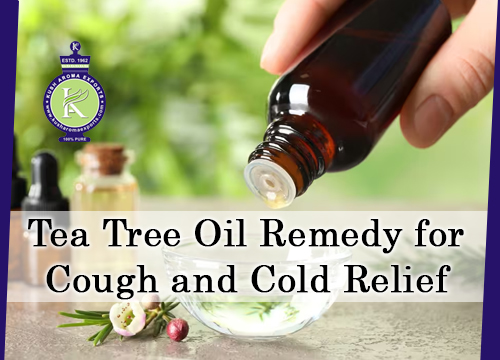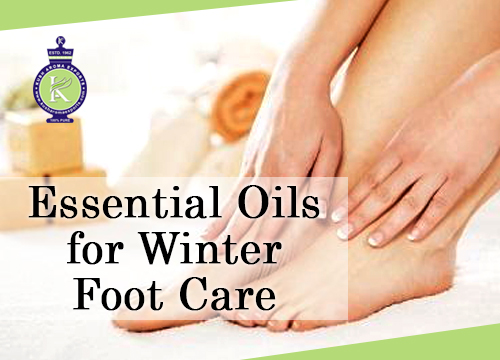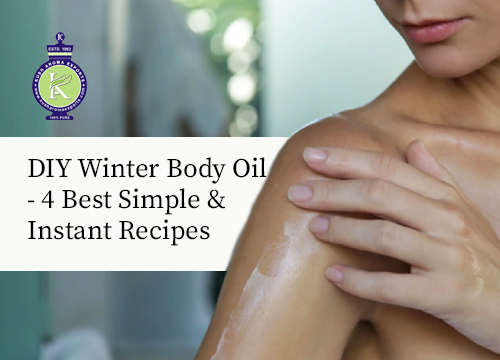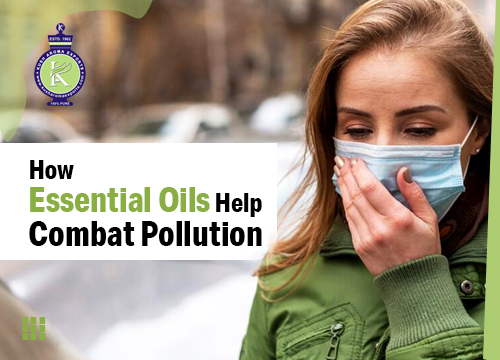Holi, the festival of colors, is one of the most vibrant and joyous celebrations in India. While the colors, water splashes, and festivities bring immense fun, they can also take a toll on your skin and overall well-being. Synthetic colors often contain harmful chemicals that lead to skin irritation, dryness, and allergic reactions. The solution? Essential oils!
Essential oils not only provide a natural way to protect and nourish your skin but also add a refreshing, therapeutic touch to your Holi celebrations. In this blog, we will explore the best essential oils to use during Holi and how they can enhance your experience while keeping your skin healthy and protected.

Why Use Essential Oils During Holi?
Before diving into specific essential oils, let’s understand why they are beneficial during Holi:
Natural Skin Barrier – Many essential oils form a protective layer on the skin, preventing damage from harsh Holi colors.
Soothing Properties – Essential oils can reduce inflammation, redness, and irritation caused by synthetic colors.
Refreshing Aromatherapy – Their natural fragrance uplifts your mood, adds to the festive spirit, and keeps unpleasant chemical smells at bay.
Antibacterial & Healing Benefits – Some essential oils help fight bacteria and heal minor cuts or rashes.
Hydration & Nourishment – They keep your skin and hair moisturized, preventing dryness from colors and sun exposure.
Best Essential Oils for Holi
Coconut Essential Oil – The Ultimate Skin Protector
Coconut oil is a well-known remedy for protecting the skin during Holi. When infused with coconut essential oil, it becomes even more powerful.
Benefits:
- Forms a natural barrier on the skin, preventing colors from penetrating deeply.
- Provides intense hydration, preventing dryness and flakiness.
- Has antibacterial properties that reduce the risk of infections.
How to Use:
- Mix a few drops of coconut essential oil with a carrier oil like almond or jojoba oil and apply it all over your body before stepping out for Holi.
- Add it to your hair oil to protect your scalp from color deposits.
Lavender Essential Oil – The Skin Soother
Lavender oil is famous for its calming and soothing properties, making it an excellent choice for Holi.
Benefits:
- Reduces inflammation and redness caused by synthetic colors.
- Has a mild, pleasant aroma that keeps you refreshed.
- Aids in healing minor cuts, burns, or rashes.
How to Use:
- Add a few drops to coconut or olive oil and massage it onto your skin before Holi.
- Mix with aloe vera gel and apply it to irritated skin after the celebrations.
- Tea Tree Essential Oil – The Antiseptic Powerhouse
Tea tree oil is an excellent antimicrobial essential oil that helps prevent infections from harmful chemicals in Holi colors.
Benefits:
Prevents acne breakouts and bacterial infections.
Reduces itchiness and irritation caused by harsh colors.
Helps in healing wounds or rashes quickly.
How to Use:
Dilute a few drops with coconut oil and apply it to exposed areas of your skin.
Add it to a mild shampoo to cleanse color buildup from your scalp post-Holi.
- Rose Essential Oil – The Hydration Booster
Rose oil is known for its hydrating and skin-rejuvenating properties. It works wonders in keeping your skin soft and glowing.
Benefits:
Locks in moisture and prevents excessive dryness.
Has a delightful floral fragrance that adds a touch of luxury to your Holi experience.
Soothes skin inflammation and redness.
How to Use:
Mix a few drops with your body lotion and apply it before playing Holi.
Add to a bath soak after Holi for a relaxing and skin-repairing experience.
- Eucalyptus Essential Oil – The Cooling Agent
Holi is often celebrated under the sun, making eucalyptus oil an excellent choice for its cooling and refreshing effects.
Benefits:
- Provides a cooling sensation, reducing skin irritation.
- Its antibacterial properties prevent skin infections.
- Helps clear nasal congestion caused by Holi powders.
How to Use:
- Add a few drops to coconut or almond oil and massage it onto your skin before stepping out.
- Mix with a carrier oil and apply to your scalp to prevent color buildup.
- Peppermint Essential Oil – The Energizer
Peppermint oil is a great way to stay refreshed and energized throughout the celebrations.
Benefits:
- Provides a cooling effect, reducing skin irritation.
- Keeps you feeling fresh and prevents fatigue.
- Helps soothe headaches caused by prolonged sun exposure.
How to Use:
- Mix with a carrier oil and apply it to your temples and wrists before Holi.
- Add to a diffuser at home for a refreshing post-Holi relaxation session.
- Sandalwood Essential Oil – The Skin Protector
Sandalwood is known for its ability to soothe the skin and protect it from environmental damage.
Benefits:
- Prevents dryness and irritation.
- Has anti-inflammatory properties that calm skin rashes.
- Leaves a pleasant, long-lasting fragrance on the skin.
How to Use:
- Add to a face mask post-Holi to remove colors gently.
- Mix with almond oil for a protective pre-Holi skin treatment.
How to Use Essential Oils for Holi Protection
Pre-Holi Skin & Hair Care Routine
- Prepare Your Skin: Mix 5-7 drops of essential oil (coconut, lavender, or rose) with a carrier oil and apply it to your face and body.
- Protect Your Hair: Add tea tree or coconut essential oil to your hair oil and massage it into your scalp.
- Nourish Your Lips: Mix a drop of rose essential oil with coconut oil and apply it to your lips to prevent dryness.
- Post-Holi Skin & Hair Care Routine.
- Gentle Cleansing: Use a mild cleanser infused with lavender or tea tree essential oil to wash off colors.
- Soothing Bath: Add rose or sandalwood essential oil to your bathwater for deep skin repair.
- Hydration Boost: Apply a moisturizer mixed with rose or coconut essential oil to keep your skin soft and healthy.
Final Thoughts
Holi is a time for joy, laughter, and vibrant celebrations. However, it’s essential to take care of your skin and health while enjoying the festival. By incorporating essential oils into your Holi routine, you can ensure a skin-friendly, refreshing, and aromatic experience. From protecting your skin to soothing irritations and keeping you energized, essential oils are a must-have for a safe and delightful Holi!
So, this Holi, embrace the goodness of nature and celebrate with confidence!










